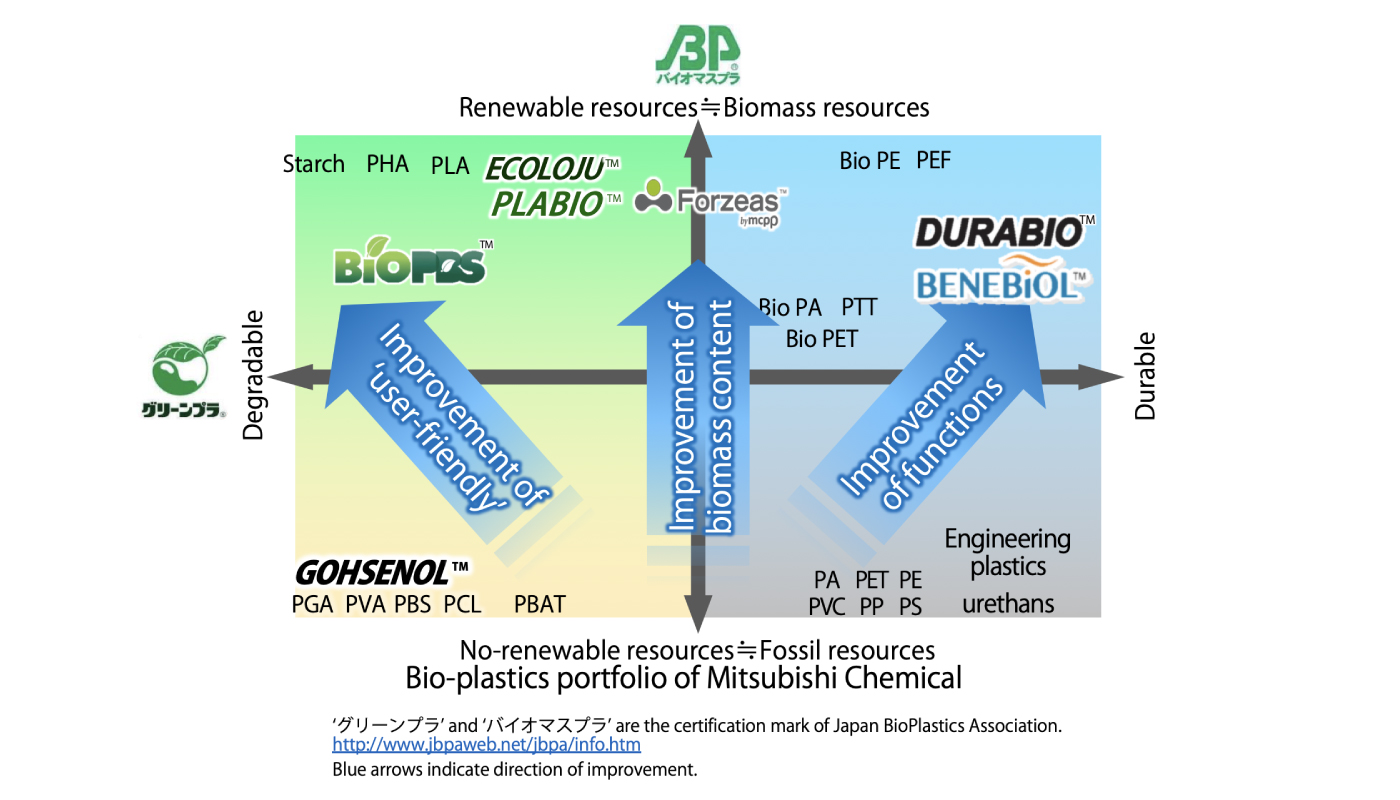Achieving net-zero carbon emissions from plant factories using full artificial lighting
Taikisha Ltd.
Outline
Taikisha has been conducting research and development relating to the full-artificial-lighting plant factory business by leveraging its core technology of air-conditioning control since 2009. Amid concerns that the progress of global warming will reduce the agricultural yield and adversely impact the stable supply of food, producing vegetables at factories is a very effective measure of adaptation to prevent and mitigate the impact of climate change.
In order to contribute to building a zero carbon emission society envisioned by the Paris Agreement through the plant factory business, Taikisha is undertaking the development of a plant factory system that can help control climate change. To that end, Taikisha has set a goal to achieve net zero carbon emissions from plant factories in 2050 by combining multiple technologies, such as technology to minimize energy consumption required during vegetable production, innovation of energy sources, and use of supporting technology and equipment.
Description
Taikisha has been conducting research and development relating to the full-artificial-lighting plant factory business by leveraging its core technology of air-conditioning control since 2009. A full-artificial-lighting plant factory is a hydroponic culture system of growing plants in culture rather than soil inside enclosed air-conditioned space under LED instead of sunlight, and this system is suited to growing leafy vegetables, such as lettuce. With this system, the crop yield is not impacted by unexpected weather conditions as vegetables are grown in an enclosed space, allowing for the stable supply of produce. In addition, this system enables cultivation of pesticide-free vegetables that are safe and reliable and keep well.
The plant cultivation area in a plant factory that uses only artificial lighting is a tall, enclosed space. With a conventional cultivation system, a temperature difference often arises between the upper and lower parts of the space, which adversely impacts the growth of vegetables and lowers the crop yield. On the other hand, Taikisha’s Vege-factory has achieved a high crop yield by maintaining a constant temperature in the space by applying its air-conditioning technology cultivated with industrial HVAC systems. Taikisha has also established a technology for stable mass production of crisp head lettuce in plant factories that use only artificial lighting, which was previously considered impossible.
Amid concerns that the progress of global warming will increase the occurrence of droughts and floods to cause the agricultural yield to drop, which will adversely impact the stable supply of food in the future, Taikisha believes that vegetable production in plant factories is a very effective measure of adaptation to prevent and mitigate the impact of climate change.
Taikisha is conducting the fully-artificial-lighting plant factory business to help fight hunger by providing a stable supply of high-quality vegetables. In addition, Taikisha has set a goal of achieving net-zero carbon emissions from the fully-artificial-lighting plant factory system in 2050 to contribute to the goal under the Paris Agreement of realizing a zero carbon emission society all around the world.
Taikisha will begin by conducting research to identify the optimal environmental conditions for growing vegetables, determine required conditions, and set facility function targets. At the same time, Taikisha will research and evaluate the amount of CO2 absorption and consumption per unit weight of vegetable production and set a target value for the allowable CO2 emissions to achieve net-zero emissions. Taikisha will also work on the development of a CO2 recycling system.
In the production phase, Taikisha will work to achieve innovation in the following two areas to reduce energy consumption. The first area is to minimize the energy required during production. Taikisha will work to minimize the energy required during production by applying technologies, such as setting the optimal lighting intensity and quality for each phase of cultivation, minimizing energy requirements through air conditioning, stabilizing the cultivation environment and minimizing air conveying energy through the use of a rational airflow system, controlling CO2 density to an optimum level at each phase of cultivation, and minimizing the energy for conveying culture solution.
The second area is the innovation of energy sources and use of supporting technology and equipment. In terms of innovation of energy sources for lighting, Taikisha will use sunlight, utilize generated power in hybrid lighting systems, and utilize solar fiber optic lighting, as well as batteries for solar power generation and wind power generation. By making use of cogeneration systems, Taikisha will increase total efficiency through the use of a base load power generation function, function to complement the fluctuation of renewable energy generation, and exhaust heat, and will generate power with zero CO2 emissions using hydrogen-powered equipment (fuel cells, gas turbines). In addition, Taikisha will develop a comprehensive control system that can adapt to different cultivation conditions and outside air conditions.
By combining these technologies, Taikisha will work toward achieving net zero carbon emissions in 2050.
Other Innovation Challenges
Achieving net zero carbon emissions from paint finishing processes
Taikisha Ltd.
Similar Innovation Challenges
Accelarating the penetration of renewable energy resources with “Open Energy System”
Sony Group Corporation
Advanced technology for buildings providing energy-saving and comfortable indoor environment (under Net Zero Energy condition)
Mitsubishi Electric Corporation
AI control reduces base station power consumption by up to 50%
KDDI CORPORATION
Balancing greenhouse gas emissions and absorption by using bioplastics
Mitsubishi Chemical Holdings Corporation







